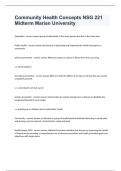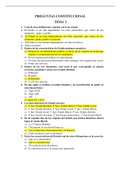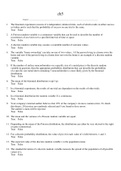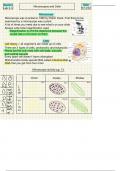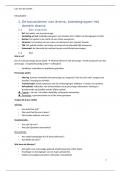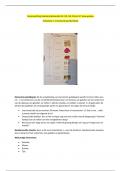Lecture notes
Cell Adaptation, Injury and Death
- Module
- Pharmacology
- Institution
- Glasgow Caledonian University (GCU)
This document describes the 5 types of cell adaptation; atrophy, hypertrophy, hyperplasia, dysplasia and neoplasia. It then goes on to describe what happens to the cell when altered environmental conditions are too prolonged/severe, how injury can be identified and the different types of necrosis t...
[Show more]




